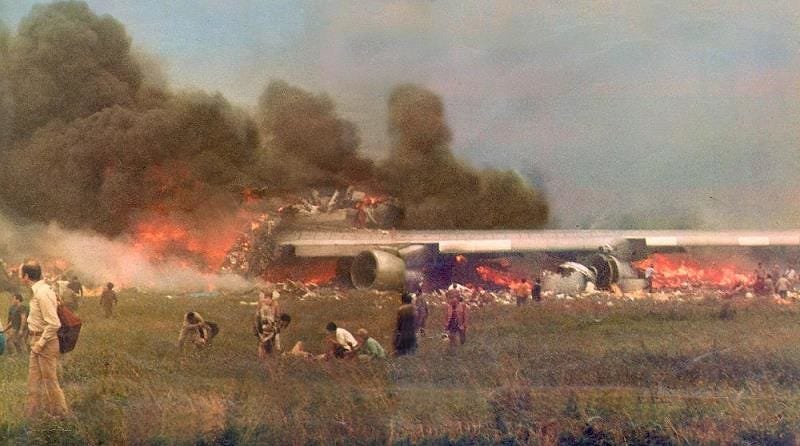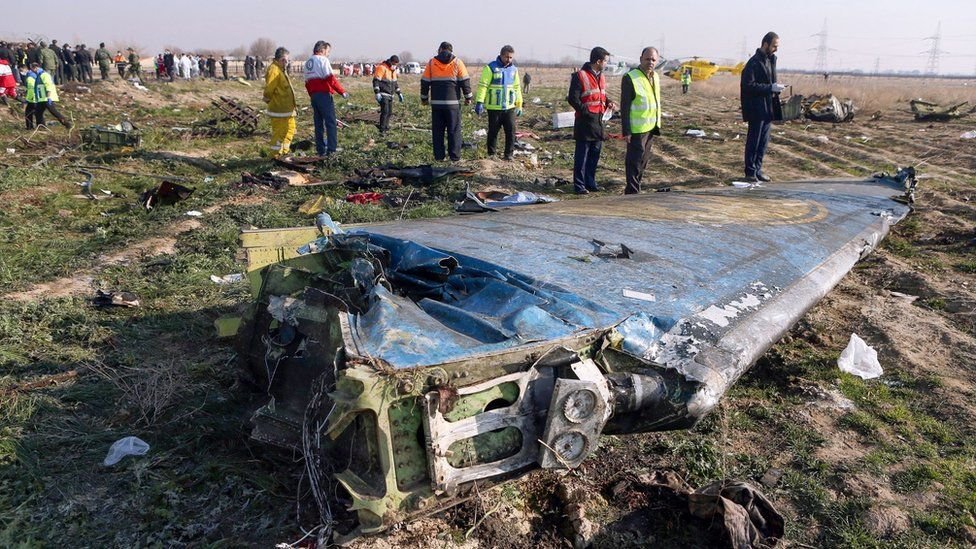Here Is The Easy Money-Making Trick Everyone Is Talking About! Learn More Here!
Throughout history, there have been several devastating plane crashes that have claimed the lives of many passengers and crew members.
These tragic events serve as reminders of the importance of aviation safety and the continuous efforts made to prevent such accidents from happening again.
In this article, we will explore the seven deadliest plane crashes in history, highlighting the impact they had on the aviation industry and the lessons learned from these unfortunate incidents.
1. Tenerife Airport Disaster – 583 Fatalities

The Tenerife Airport Disaster remains the deadliest aviation accident to this day. It occurred on March 27, 1977, when two Boeing 747 aircraft collided on the runway of Los Rodeos Airport in Tenerife, Spain.
The collision resulted in the deaths of 583 people, making it a tragic day in aviation history. The accident was primarily caused by miscommunication and foggy weather conditions, highlighting the importance of effective communication and clear visibility during flight operations.
2. Japan Airlines Flight 123 – 520 Fatalities

On August 12, 1985, Japan Airlines Flight 123 crashed into a mountain in Japan, claiming the lives of 520 people. The accident was caused by a structural failure resulting from a faulty repair after a tailstrike incident seven years prior.
This tragic event led to significant improvements in aircraft maintenance procedures and emphasized the importance of thorough inspections and repairs to ensure the safety of passengers and crew members.
3. Charkhi Dadri Mid-Air Collision – 349 Fatalities

The Charkhi Dadri Mid-Air Collision occurred on November 12, 1996, when a Saudi Arabian Airlines Boeing 747 collided mid-air with a Kazakhstan Airlines Ilyushin Il-76 near Charkhi Dadri, India.
The collision resulted in the deaths of all 349 people on board both aircraft. The primary cause of the accident was the lack of proper air traffic control coordination and communication, leading to a tragic loss of lives.
This incident highlighted the importance of effective air traffic control systems and procedures to prevent such collisions in the future.
4. Malaysia Airlines Flight 17 – 298 Fatalities

On July 17, 2014, Malaysia Airlines Flight 17 was shot down over eastern Ukraine, resulting in the deaths of all 298 passengers and crew members on board.
The aircraft was hit by a surface-to-air missile, leading to widespread international condemnation. This tragic event highlighted the need for stricter regulations and precautions when flying over conflict zones, emphasizing the importance of ensuring the safety of air travel in politically unstable areas.
5. American Airlines Flight 191 – 273 Fatalities

American Airlines Flight 191 crashed on May 25, 1979, shortly after takeoff from O’Hare International Airport in Chicago. The accident claimed the lives of all 273 people on board, making it one of the deadliest aviation accidents in the United States.
The crash was caused by engine separation due to improper maintenance procedures. This incident led to significant improvements in aircraft maintenance practices and emphasized the importance of thorough inspections and adherence to maintenance protocols.
6. Iran Air Flight 655 – 290 fatalities

On July 3, 1988, the USS Vincennes, a United States Navy guided-missile cruiser, mistakenly shot down Iran Air Flight 655 over the Persian Gulf.
The tragic incident claimed the lives of all 290 passengers and crew members aboard the Iranian civilian aircraft.
7. Saudia Flight 163 – 301 fatalities

Saudia Flight 163, a Lockheed L-1011 TriStar, caught fire shortly after takeoff from Riyadh, Saudi Arabia, on August 19, 1980.
Despite the crew successfully landing the aircraft, the delay in evacuating the passengers resulted in the death of all 301 people on board.
Conclusion
The seven deadliest plane crashes in history serve as solemn reminders of the importance of aviation safety and the continuous efforts made to prevent such tragedies from occurring again.
These incidents have led to significant improvements in aircraft maintenance, air traffic control systems, communication protocols, and regulations governing flight operations.
By learning from these unfortunate events, the aviation industry strives to ensure the safety and well-being of passengers and crew members worldwide.



